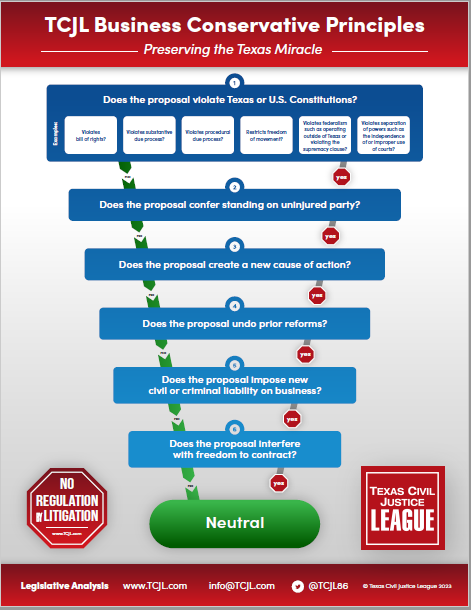 Guillermo Acosta and Jose Molina v. Uber Technologies, Inc. and Raiser, LLC (No. 08-24-00099-CV; February 28, 2025) arose from an auto accident involving an Austin-area Uber driver who collided with another vehicle, allegedly causing injuries to the riders Acosta and Molina. Plaintiffs sued Uber for direct and vicarious liability on several theories. Uber moved for tradition and no-evidence summary judgment based on its compliance with § 2402.114, Occupations Code, which imposes certain permitting, regulatory, and insurance requirements on rideshare companies, provides that drivers are independent contractors and not company employees. The trial court granted Uber’s motion. Plaintiffs sought interlocutory relief. The appeal was transferred to the El Paso Court of Appeals under SCOTX’s docket equalization order.
Guillermo Acosta and Jose Molina v. Uber Technologies, Inc. and Raiser, LLC (No. 08-24-00099-CV; February 28, 2025) arose from an auto accident involving an Austin-area Uber driver who collided with another vehicle, allegedly causing injuries to the riders Acosta and Molina. Plaintiffs sued Uber for direct and vicarious liability on several theories. Uber moved for tradition and no-evidence summary judgment based on its compliance with § 2402.114, Occupations Code, which imposes certain permitting, regulatory, and insurance requirements on rideshare companies, provides that drivers are independent contractors and not company employees. The trial court granted Uber’s motion. Plaintiffs sought interlocutory relief. The appeal was transferred to the El Paso Court of Appeals under SCOTX’s docket equalization order.
In an opinion by Justice Soto, the court of appeals affirmed. First, the court considered whether the driver was in fact an independent contractor because Uber did not have a permit. The reason for that, however, was that the rules adopted by TDLR to implement the statute became effective months weeks after the accident. Uber thus could not have yet applied for a license under the statute, distinguishing this case than those cited by Plaintiffs in which a party chose not to obtain a license that would otherwise available. Because Plaintiffs alleged that the sole reason the Uber driver should not be treated as an independent contractor was because Uber didn’t have the permit it couldn’t have gotten anyway, the court concluded that Plaintiffs had not shown that the trial court erred in determining that the driver was an independent contractor at the time of the accident.
Second, the court took up Plaintiffs’ direct liability claims. Plaintiffs alleged that since Uber retained control over the relevant aspects of the driver’s work, it could be held liable for the driver’s negligence. They based this argument on the fact that Uber drivers are required to have the Uber app turned on while they are driving for Uber. The court found, however, that Uber doesn’t require drivers to interact with the app while driving, although they may if they want to and the app allows for that. This does not constitute “control.” Even if it did, the court went on, Plaintiffs do not have a cause of action against Uber for a driver’s distracted driving because neither the Legislature not SCOTX has recognized one. Plaintiffs unsuccessfully attempted to liken a distracted driver action to a disruptive rider scenario in which the rider distracted the driver right before the accident. Plaintiffs further offered a psychologist’s expert opinion that merely having a phone present in the vehicle produces a compulsion to check the phone, raising the risk of accidents from distracted driving. The expert blamed the design of Uber’s app for necessarily distracting the driver and causing the accident. Citing a U.S. Fifth Circuit opinion declining to interpret Texas law as recognizing a “compulsion” claim, and the court of appeals didn’t want to, either.
As to Plaintiffs’ vicarious liability claims, ostensible agency and joint enterprise, likewise failed. Plaintiffs had to admit that Uber’s rider agreement expressly states that drivers are third party providers for whose actions Uber has “no responsibility or liability” to riders. There was thus no fact issue of whether the driver affirmatively held himself out as an employee or agent of Uber, or that Plaintiffs relief on such a representation. Plaintiffs’ joint enterprise theory bit the dust based on § 2402.114, which precludes that theory be declaring that Uber’s drivers are independent contractors for all purposes.
This case exemplifies the value of reasonable civil justice reforms and vindicates the Legislature’s wisdom in creating a uniform statewide regulatory framework for rideshare companies.












